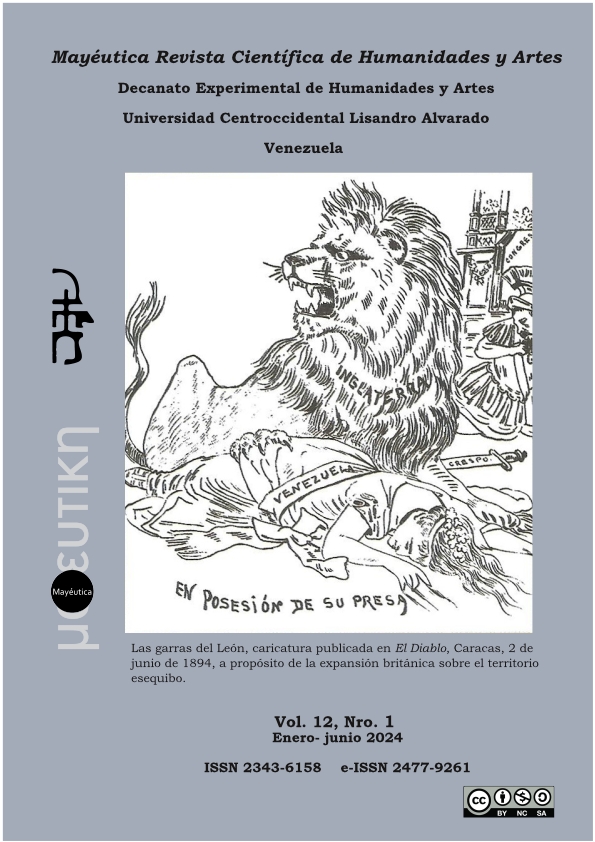The Belle Époque in the key of nighttime and gastronomic brilliance
Abstract
There was a time when a city was considered the navel of the world. A very luminous navel, in any case, because they called it the “City of Light.” And it was not only in a figurative sense, since, in fact, its public spaces, squares, streets, building facades, monuments and avenues, became so well illuminated at night that life itself, from the saleswomen from flowers to poets, from bankers to artists, from army officers to dancers, they ended up occupying every corner until dawn. But it was, above all, in its figurative dimension, that of the light that inflames the soul, where this city: Paris, shone brightest, becoming a beacon that attracted from all the ends of the world those with ambition, desire and determination great enough to bathe, literally and metaphorically, in its light.
Downloads
Published
How to Cite
Issue
Section

This work is licensed under a Creative Commons Attribution-NonCommercial-ShareAlike 4.0 International License.





